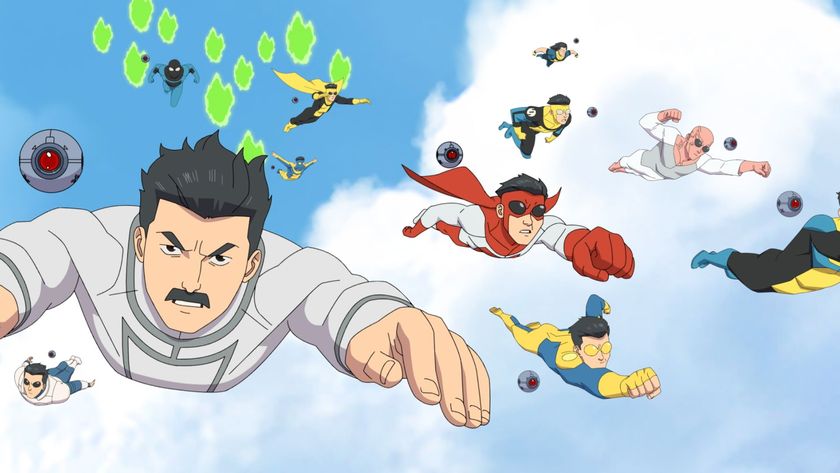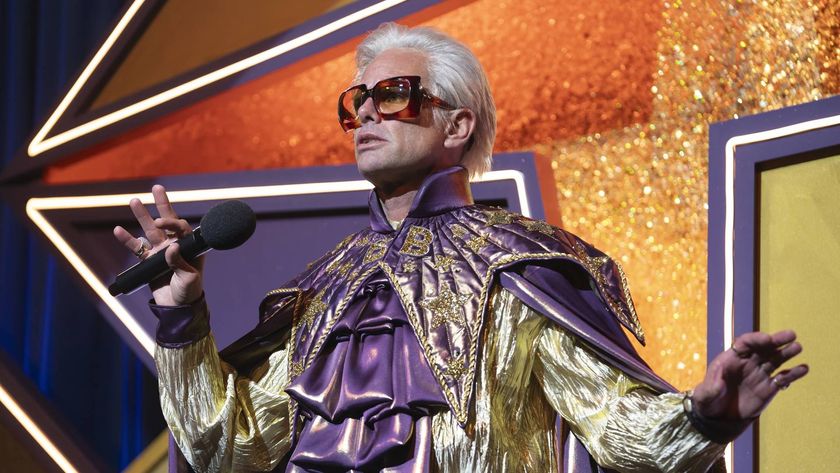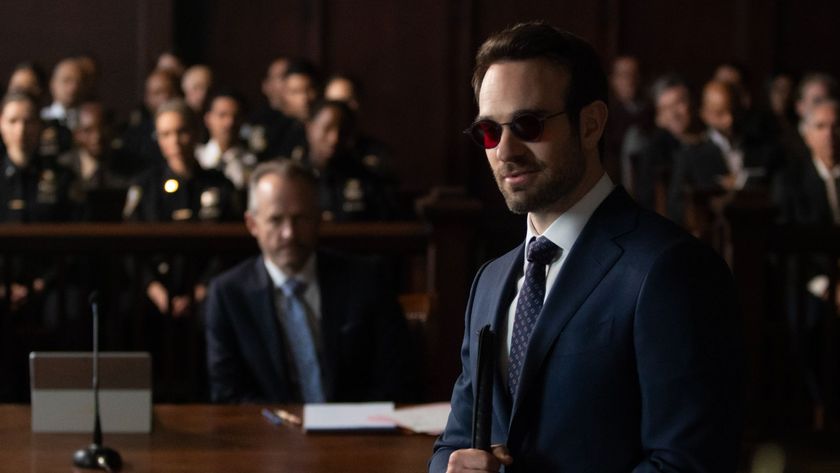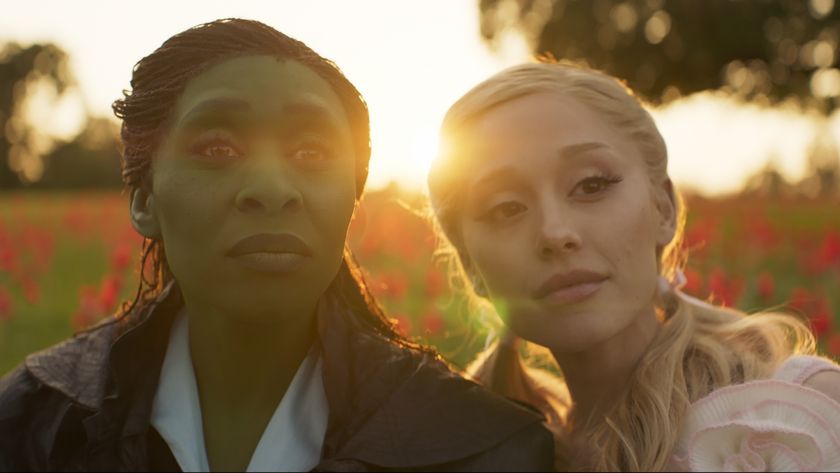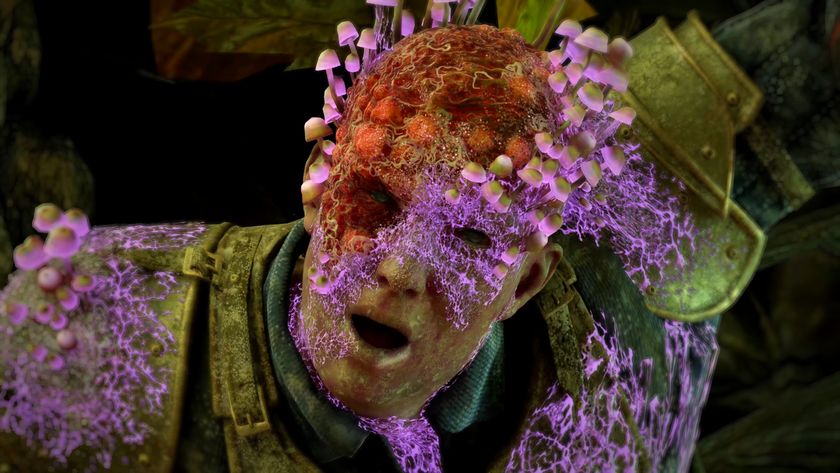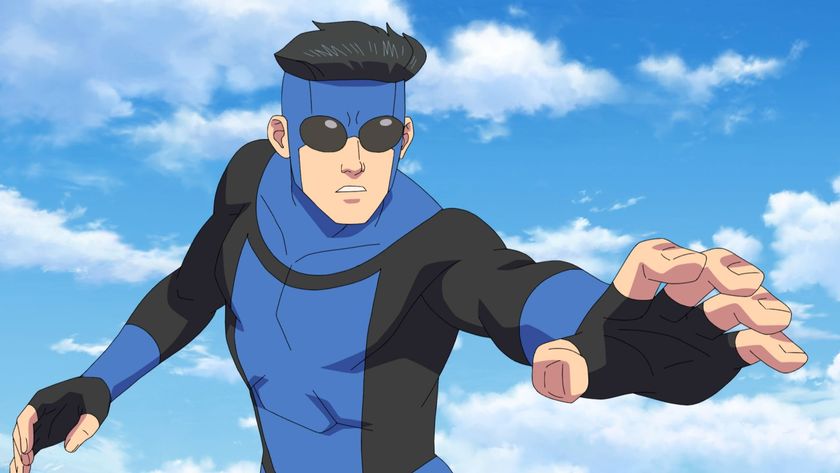Author Kristen Britain reveals how her very real time down in the Mammoth Cave system influences her fiction
This is a guest blog by US author Kristen Britain whose latest book Mirror Sight is available now...
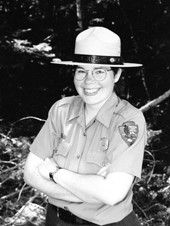
One of my favourite sections of JRR Tolkien's The Lord Of The Rings: The Fellowship Of The Ring is where Frodo and company enter the Mines of Moria. Tolkien was a master at evoking atmosphere, and when reading of Moria, I always felt the weight of the dark, the not-so-distant terror, the grandeur of the ancient dwarf kingdom hidden in perpetual shadow.
Others who have analyzed Frodo's descent into various underground places, and his re-emergence, have interpreted it as symbolizing death and rebirth. On a more basic level, I think human beings are simply fascinated with such places, whether they be abandoned subway terminals, tombs, caves, or freaky basements. I am not immune to the fascination, and my own Green Rider series also features underground worlds. Not surprisingly, some of the inspiration, and my ability to incorporate realistic details, comes from having worked as a park ranger and cave guide at Mammoth Cave National Park in Kentucky.
Mammoth Cave, the longest known cave system in the world with almost 400 miles of mapped passages a human can squeeze through, has been of interest to people for thousands of years. Paleoindians were the first to venture into the vast dark with only cane reed torches to light the way. There were no electric lights back then, no sturdy tourist trails to follow. Only mystery. We know these people explored the cave because a few left behind their well-preserved, mummified remains. The dry environment of the cave, the near constant temperature of 12.2 Celsius, and nitrates in the soil, helped preserve them. Something of this preservation of remains stayed with me through the years and was incorporated into my novels in a fictional underground place full of bodies: the royal tombs. However, my tombs, crafted by the tools and hands of people, contain all the comforts of a proper palace, including chandeliers, libraries, and chapels, a far cry from the rough natural cave, which was carved by subterranean rivers.
There was more about the cave that influenced my writing than its ability to preserve flesh. I know what complete, natural darkness is like, and how difficult it can be to shake it off, especially during short winter days. I awoke in the dark, I worked in the dark, and I went home in the dark. It so affected my roommate that she had to turn on every lamp in our apartment when we came home after work.
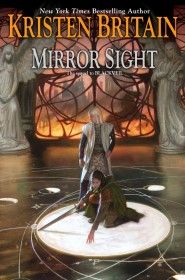
I also know silence and the heaviness of the cool, penetrating temperature that made my bones ache after leading tours for a couple hours down below. I know the loss of time without the sun, moon, or open sky to inform me.
Sign up to the SFX Newsletter
Get sneak previews, exclusive competitions and details of special events each month!
Usually I was in the company of others when down below, but when I was alone or with only one other person, the cave engulfed me with its mysteries and lore and ghosts, just as Moria did the members of the Fellowship. (Fortunately, fending off orcs and goblins was not part of a ranger's "duties as assigned.")
The cave permeated my dreams. It provided me with the most unusual stories of any of my national park jobs, more stories than I could ever tell. True stories, mind you. As for my fictional stories, I will recall my travels past the Giant's Coffin and into the Wooden Bowl Room, and down to the Echo River. In my memory, I can still glimpse Gothic Avenue, the oldest passage in the cave, its limestone walls smudged with graffiti written with the tips of sooty torches by visitors in the 19th century. Even as the cave haunts my memory and seeps into my fiction, I wonder... All those who came before me, the paleoindians, the slaves who mined saltpetre in the cave for the war of 1812, all those explorers and visitors, and cave guides and park rangers of times past, I wonder if their ghosts dwell in the dark passages of Mammoth Cave.
Read more about Kristen Britain's work at her official blog , or on the blog of her UK publisher Gollancz . Mirror Sight is available now in hardback or ebook editions.
SFX Magazine is the world's number one sci-fi, fantasy, and horror magazine published by Future PLC. Established in 1995, SFX Magazine prides itself on writing for its fans, welcoming geeks, collectors, and aficionados into its readership for over 25 years. Covering films, TV shows, books, comics, games, merch, and more, SFX Magazine is published every month. If you love it, chances are we do too and you'll find it in SFX.
